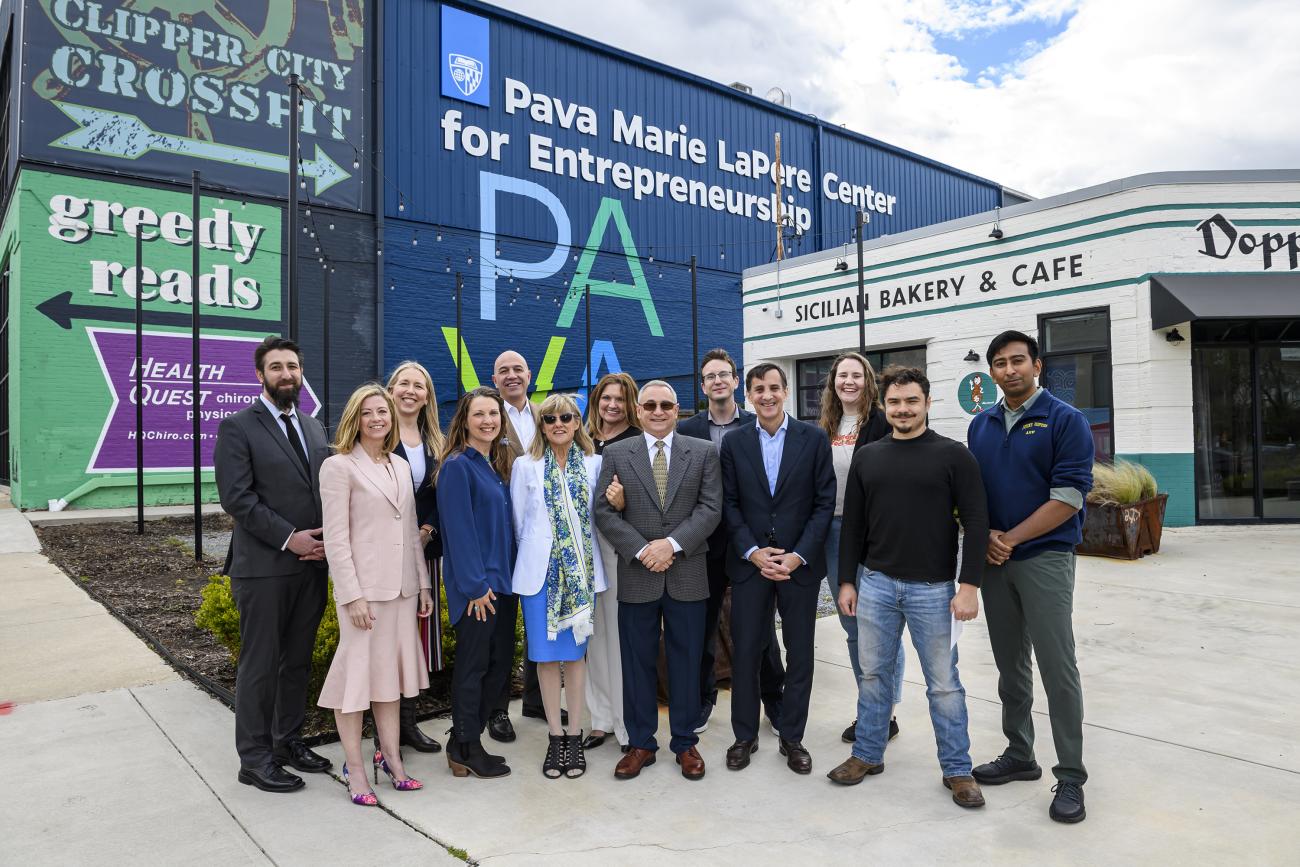As the nation grapples with corporate layoffs and individuals seek alternative employment options, a recent study has shed light on the rise of independent workers or “gig workers” in the workforce. According to the study, 36 percent of the workforce now identifies as gig workers, showcasing a significant shift in the traditional employment landscape.
The trend of gig work has been on the rise in recent years, with more than two million Americans choosing to pursue independent work in 2020. By the following year, this number had doubled, indicating a growing interest in non-traditional forms of employment. However, while gig work offers flexibility and autonomy, it also comes with its own set of challenges and considerations.
One individual who found success in the world of gig work is Priscilla Visintine, a public relations and marketing professional. Visintine initially ventured into freelance work as a means to escape the demanding nature of the hospitality industry. What started as a few freelance projects eventually blossomed into a thriving career, prompting Visintine to establish her own client base and partner with others to manage the workload.
Despite the allure of being one’s own boss, Visintine acknowledges the reality of having multiple clients who essentially serve as her bosses. This dynamic highlights the importance of discipline and organization in gig work, as individuals must navigate tax implications, scheduling, and client management on their own.
According to Washington University Professor John Barrios, setting boundaries is crucial for gig workers to maintain a healthy work-life balance. Unlike traditional nine-to-five jobs, gig work often blurs the lines between work and personal time, requiring individuals to proactively establish limits and prioritize self-care.
For those considering a transition to gig work, Visintine offers valuable advice based on her own experiences. She encourages individuals to take on new projects with confidence, even if they initially feel uncertain about their abilities. By embracing challenges and diving into opportunities headfirst, gig workers can expand their skill sets and grow their client base over time.
As Visintine enters a semi-retired phase of her career, she emphasizes the importance of selective project choices and prioritizing meaningful work. By focusing on projects that align with her values and interests, Visintine continues to find fulfillment in her gig work endeavors.
In conclusion, the rise of gig work presents both opportunities and challenges for individuals seeking alternative employment options. While gig work offers flexibility and autonomy, it also requires discipline, organization, and boundary-setting to thrive in this non-traditional work environment. By learning from the experiences of successful gig workers like Priscilla Visintine, individuals can navigate the gig economy with confidence and achieve their career goals.

















